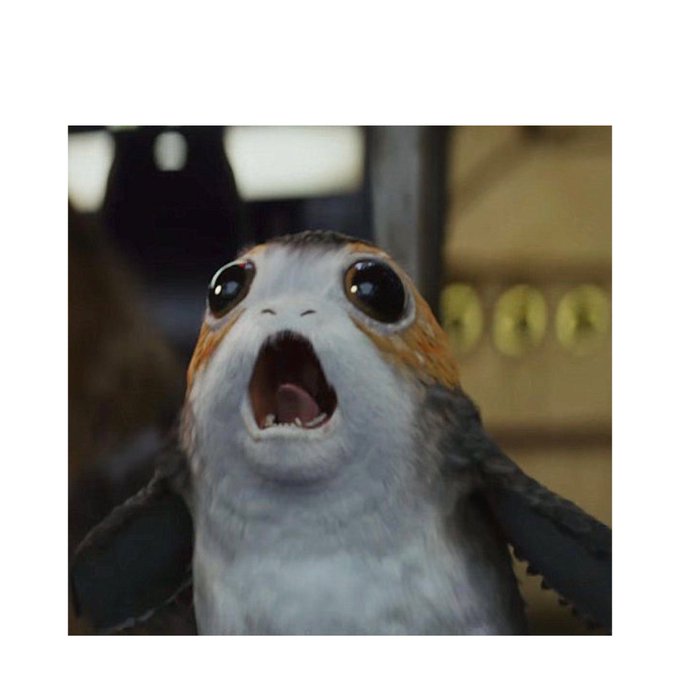An image shared from an MRI facility on Twitter shows an alarmed-looking mystery creature that went through the scanner.
Credit: Ben Inglis/Twitter
When you're in charge of brain scans for a major research lab, you witness a lot of strange stuff. Ben Inglis, who manages the magnetic resonance imaging (MRI) facility at the University of California, Berkeley Brain Imaging Center, has seen his fair share. He's posted on the related blog in the past about scanning the brains of dead dolphins and whales as well as the active brains of trained dogs, and taking video of his team dangling metal objects into an old MRI machine in the last days before it was shut down for good.
But on Nov. 5, he posted on Twitter one of the most bizarre, charming and somehow also terrifying images yet from the Berkeley center: a goopy, ghostly looking creature with giant eyes and a face frozen in a rictus of terror:
"Name the species!" Inglis tweeted.
practiCal fMRI @practiCalfMRI
Name the species!
12:44 PM - Nov 5, 2017
His followers weighed in. One person thought it was a clownfish, another a frog, another a salmon. Someone suggested "Spanish Prime Minister Mariano Rajoy." Yet another guesser jokingly wondered if it was a "Porg" from the upcoming "Star Wars" movie.
practiCal fMRI @practiCalfMRI
Name the species!
SuperboffinLA @SuperboffinLA
It's a Porg pic.twitter.com/5R0YOezY1T
8:58 PM - Nov 5, 2017 · Los Angeles, CA
To even begin to guess what you're looking at there, you need to understand a bit about how MRIs work. An MRI machine is a giant, powerful electromagnet and a radio emitter. Researchers place a bit of organic matter, like a human being (or a Porg), inside the tube at the center of the machine. Then, they can use that magnet, along with a radio that alters how water molecules interact with magnetic fields, to knock all the subject's water molecules around in circles.
All that spinning turns hydrogen's protons inside the water molecules into tiny electromagnets, little models of the giant magnet surrounding them. And those billions of little magnets warp the magnetic fields around them in ways the MRI can detect.
The image that Inglis posted is one flat slice of the water map the MRI built of the creature he was studying. Different regions, like those big white eyes, have different densities of water molecules that researchers can recognize. Add up all the slices of the MRI image, and Inglis is left with a three-dimensional image he can move through from back to front. Here's what that looks like:
5 Nov
practiCal fMRI @practiCalfMRI
Name the species! pic.twitter.com/fLzFepysZB
practiCal fMRI @practiCalfMRI
More slices from the same T2-weighted data set. It lives in the sea, but it's not a fish! pic.twitter.com/ZEwF7VNRkv
11:36 PM - Nov 5, 2017
See that big brain? Those nasal cavities? That snout? Any guesses yet as to what we're looking at here?
Take a moment. Write your guess down on a piece of paper if you'd like. Then, scroll down.
Keep scrolling.
Scroll.
Scroll.
Scroll.
Scroll.
Scroll farther!
Keep going!
Isn't this fun?
Scroll.
Scroll.
Scroll.
Okay.
Do we think this is far enough yet?
I hope you weren't reading on a big monitor.
Oh well.
What was your guess?
Because the answer is:
It's a sad situation for the sea lion, but it made for a striking image in its passing. Did you guess correctly?








0 comments: